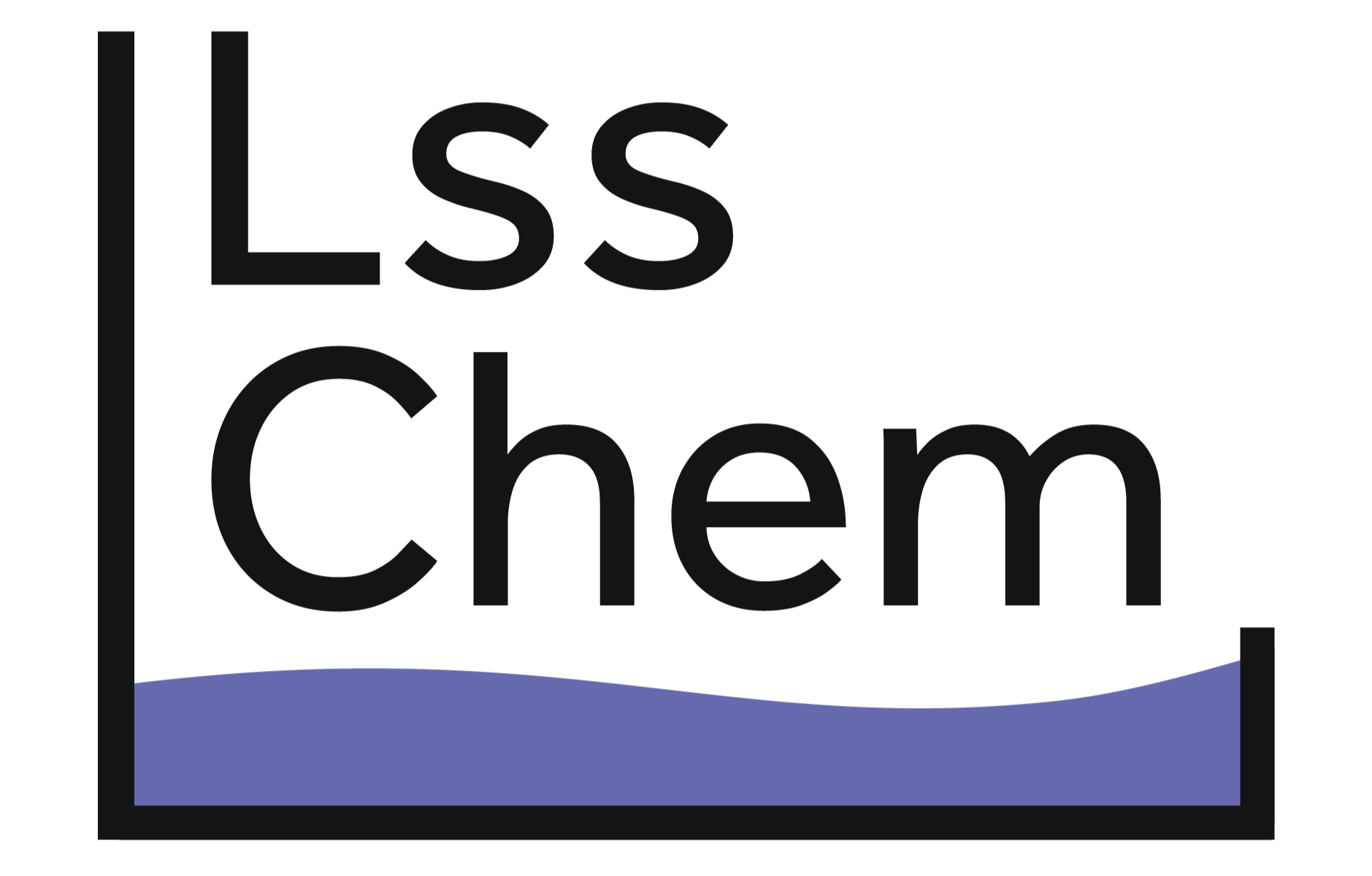Perchloroethylene, also known as PERC, is a colorless liquid. This chemical is nonflammable and is generally used as a solvent in industrial settings, but perchloroethylene can be found in dry-cleaning solvents and degreasers as well.
What Is Perchloroethylene Used For?
Perchloroethylene has many uses, including being used as an additive in products, such as:
- Metal degreasers (i.e., for auto parts, electric motors)
- Spot and stain removers for clothes, furniture, and carpet
- Lubricants
- Greases
- Metal and stone polishes
- Paints
- Coatings
- Paint removers
- Mold removers
- Anti-mold sealants
PERC’s industrial uses include:
- Chlorination
- Dry cleaning
- Wood furniture production
- Plastic manufacturing
- Automotive manufacturing
- Electronic degreasing
- Vapor degreasing
- Petrochemical production
- Agricultural product production
Is Perchloroethylene Safe?
While perchloroethylene is found in many products and is the most common solvent for dry cleaning to date, most companies are calling for a pull away from this chemical. There are many health risks associated with this chemical, and several studies have been done with PERC in recent years about the short term and long-lasting effects of using this chemical, and the results are concerning.
The United States Environmental Protection Agency (EPA) has recently named perchloroethylene a potential carcinogen by all routes of exposure. This means that the chemical has been found to cause cancer regardless of how you come into contact with the chemical. Exposure to this chemical is linked to the following types of cancer:
- Bladder
- Non-Hodgkin lymphoma
- Multiple myeloma
- Esophageal
- Kidney
- Liver
- Lung
- Cervical
- Breast
In addition to being a carcinogen, it has also been found to affect reproductive organs. This chemical leads to an increase in miscarriages, sperm disorders, reduced fertility, and delayed conception.
- Other long-term exposure side effects include:
- Color visual effects
- Decreased scores on neurobehavioral tests
- Increased liver and kidney damage
- Immunity effects
- Reduced red blood cell count
Some short-term effects include dizziness, headache, drowsiness and poor balance. In general, this chemical is not safe and certain protocols must be followed when using perchloroethylene. These protocols must be determined by the lab.
Looking for Eco-Friendly & Safer Chemicals?
LSS Chemicals offers green chemical options that are great for helping your company become more sustainable. Reach out to us today for a free consultation and quote to learn how we can help your company!


